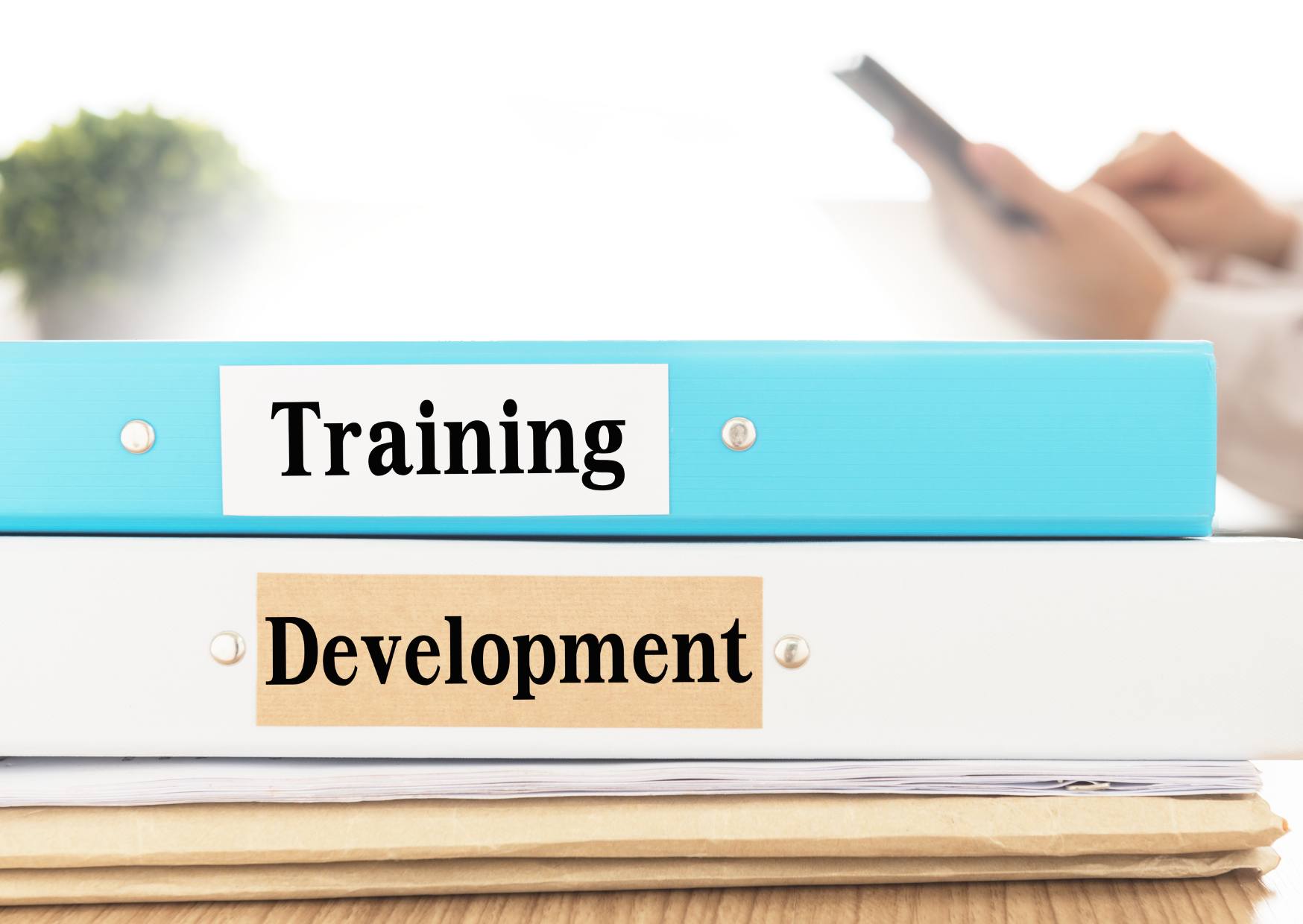10 Unique Approaches to Employee Development
Employees are the backbone of any organisation. They’re the ones who bring ideas to life, connect with customers, and drive everything forward.
But to keep this incredible machine running smoothly, you need more than just hard work and determination.
You need growth, evolution, and continuous learning.
That’s where employee development comes in.
Employee development is about helping your team grow, not just professionally but personally too.
It’s about crafting strategies that resonate with each individual, unlocking their potential, and guiding them to new heights.
In this blog, we’ll dive into the heart of employee development.
We’ll explore what it really means, why it matters, and how you can approach it in your organisation.
Contents
What is an Employee Development Approach?
What are the Benefits of Different Employee Development Approaches?
How to Choose the Right Employee Development Approach?
Common Mistakes to Employee Development Approaches
10 Unique Approaches to Employee Development
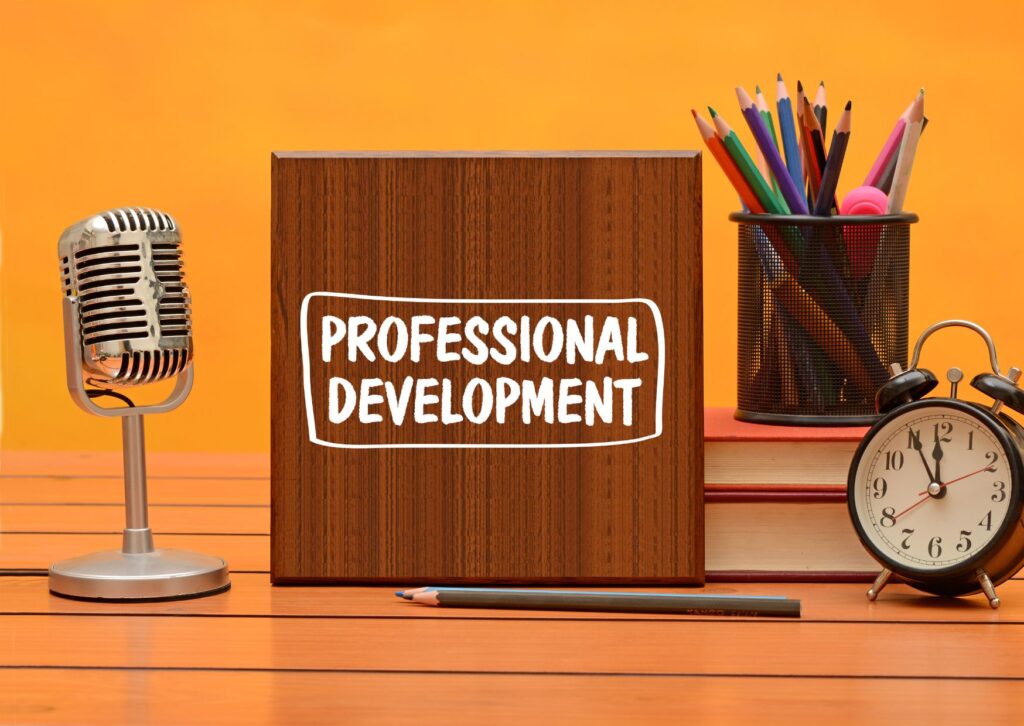
What is an Employee Development Approach?
An employee development approach is like a personalised growth plan for your team members.
It’s a way for companies to help their employees learn new skills, improve existing ones, and take on new challenges.
Imagine you’re a coach, and your employees are players on your team.
You wouldn’t use the same training routine for every player, would you?
Each one has unique strengths, weaknesses, and goals.
An employee development approach is about recognising these differences and creating customised plans to help each person succeed.
It’s not just about sending people to training classes or handing them a manual.
It’s about understanding where they want to go in their careers and helping them get there.
It’s about building a relationship, offering guidance, and providing the support and resources they need to grow.
An employee development approach is a thoughtful and deliberate way to invest in your people.
It’s about more than just work, it’s about helping them become the best versions of themselves.
When your employees grow, your business grows too.

What are the Benefits of Different Employee Development Approaches?
Different people need different things.
Just like how we all prefer different flavours of ice cream, employees have diverse needs, goals, and preferences.
That’s where the magic of various employee development approaches comes into play.
Here are some of the benefits:
Personalised Growth
By tailoring the development approach to each individual, you’re not just helping them grow, you’re helping them grow in the way that’s best for them.
It’s like finding the perfect-fit outfit that makes them feel confident and comfortable.
Increased Engagement
When people feel seen and understood, they’re more likely to engage with their work.
Customised development plans show that you care about their professional and personal growth, boosting morale and motivation.
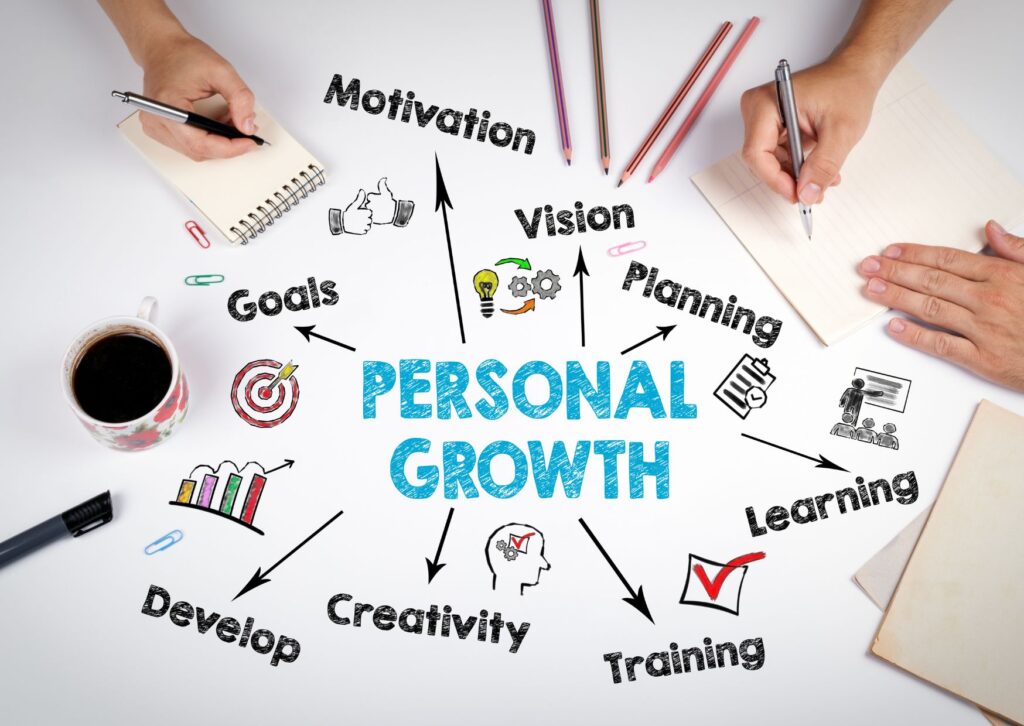
Higher Retention Rates
Happy and engaged employees are more likely to stick around.
By investing in employee growth, you’re building loyalty and reducing the costs of employee turnover.
Enhanced Productivity
The right development approach can help employees become more skilled and efficient in their roles.
It’s like giving them the right tools to build something amazing.
Stronger Team Collaboration
When people are growing and learning together, they tend to work better as a team
Different development approaches can foster a sense of community and collaboration.
Alignment with Organisational Goals
Different approaches ensure that employee growth is aligned with the company’s goals and values.
It’s a win-win situation where individual success contributes to overall business success.
Attracting Top Talent
A strong development program signals that your company is a place where people can grow and thrive.
It’s an attractive proposition for top talent looking for their next career move.

In simple terms, the benefits of having different development approaches are vast and varied.
It’s about recognising that one size doesn’t fit all and creating a workplace where everyone has the opportunity to shine in their unique way.
These benefits don’t just uplift individuals, they elevate the entire organisation.
How to Choose the Right Employee Development Approach?
Selecting the right approach for employee development is like picking the perfect gift for a friend.
You have to know them well, understand their needs, and find something that resonates with them.
Here’s how you can do it:
Understand Your Employees
Get to know your team members.
What are their goals, interests, strengths, and weaknesses?
Understanding these aspects will help you tailor an approach that fits them like a glove.
Schedule meetings to fully understand your employee’s needs.

Identify Organisational Goals
What is your company aiming to achieve?
Aligning employee development with organisational goals ensures that individual growth contributes to the bigger picture.
This makes it beneficial for both employee and employer.
Assess Available Resources
Look at what resources you have, whether it’s time, budget, or tools.
The right approach should be feasible and align with what you can offer.
Consider the Learning Styles
People learn in different ways.
Some prefer hands-on experiences, while others may thrive with online courses.
Choose an approach that resonates with how your employees like to learn.
Evaluate Current Skill Levels
Where are your employees now, and where do they need to be?
Understanding the gap helps you pick the right approach to bridge it.
Seek Employee Input
Ask your employees what they want and need.
Their insights can guide you towards an approach that truly resonates with them.
If they are part of the decision process, they’re more likely to enjoy and commit to their development.
Monitor and Adjust
Choosing the right approach is not a one-time decision.
Keep an eye on how it’s working and be ready to make adjustments as needed.
It’s about continuous improvement.
Don’t Forget the Company Culture
Consider your organisational culture.
The right approach should align with your values and the way your company operates.

Choosing the right employee development approach is a thoughtful process, but it doesn’t have to be overwhelming. It’s about listening, understanding, evaluating, and adapting.
Remember, it’s not just about picking something off the shelf. It’s about crafting a journey that helps your employees grow in a way that feels right for them and right for your organization.
Common Mistakes to Employee Development Approaches
Choosing and implementing an employee development approach is a bit like assembling a puzzle.
Sometimes, you might place a piece in the wrong spot, but recognising those mistakes can help you complete the picture.
Let’s take a look at some of the common missteps:
One-Size-Fits-All Approach
Just as everyone has different tastes in food, employees have diverse learning needs and goals.
Applying the same approach to everyone can lead to disengagement and lacklustre results.
Lack of Clear Objectives
Without clear and measurable goals, it’s hard to gauge success.
It’s like going on a journey without a map. You may end up lost.
Ignoring Employee Feedback
Employees are the ones experiencing the development approach, so ignoring their feedback is like cooking a meal without tasting it.
You might miss essential flavours.
Unsuccessful approaches don’t take on board the feedback from employees.
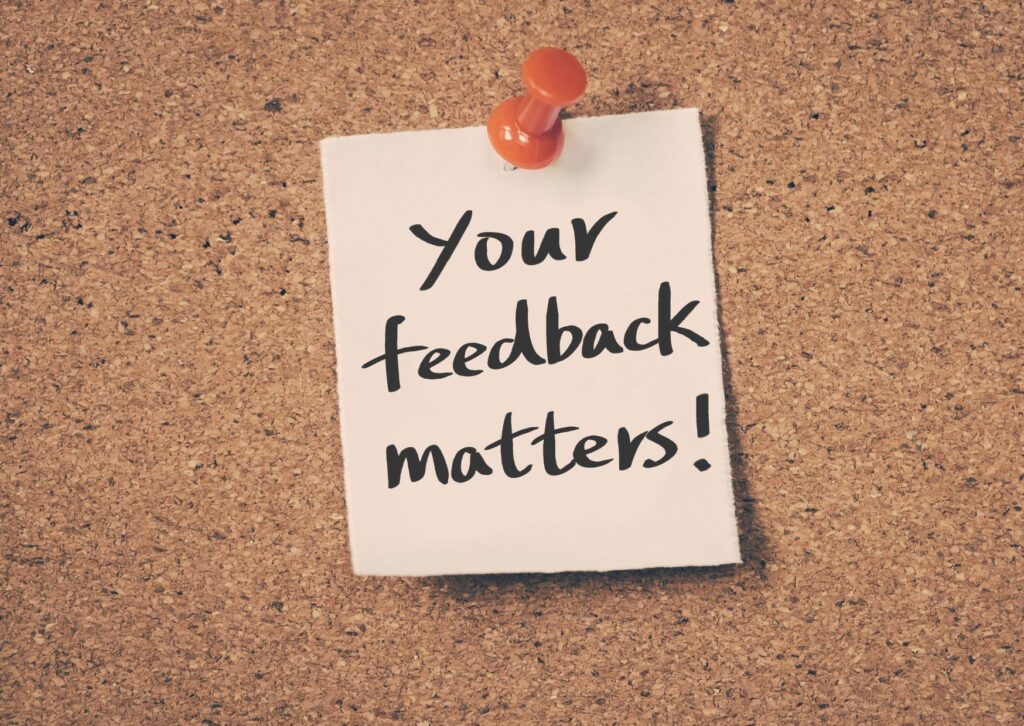
Insufficient Support and Resources
Offering a development plan without proper support is like giving someone a book in a language they don’t understand.
Provide the resources and guidance needed for effective growth.
If additional resources are need, make every effort to supply them.
Failing to Align with Organisational Goals
If employee development isn’t aligned with the company’s goals, it can create a disconnect.
It’s like rowing a boat in different directions. You won’t get far.
Not Adapting to Changes
The business world is continuously changing, and so are your employees’ needs.
Sticking to an outdated approach is like wearing summer clothes in winter, it just doesn’t work.
Adapting to change is essential as part of your development approach.
Neglecting to Monitor Progress
Without keeping an eye on progress, you won’t know what’s working and what’s not.
Regular monitoring and assessment are key to ongoing success.
Overlooking Company Culture
Ignoring the unique culture of your organisation when implementing a development approach can lead to friction.
It’s like trying to fit a square peg in a round hole.

Recognising these common mistakes is the first step in avoiding them.
The key is to be thoughtful, adaptable, and focused on both individual and organisational needs.
Remember, nobody’s perfect, and that’s okay.
The goal isn’t to avoid all mistakes but to learn from them and create an employee development approach that resonates, engages, and helps your team soar.
10 Unique Approaches to Employee Development
Here are 10 ways to approach employee development for a thriving workplace:
1. Personalized Learning Paths
A personalised learning path is like creating a tailor-made playlist for each employee.
It considers their unique goals, interests, and skill levels, curating a series of learning experiences that resonate with them.
How It Works: By assessing individual needs and learning styles, you can craft a customised curriculum that includes online courses, hands-on projects, and mentoring.
The path is flexible, allowing employees to learn at their own pace.
Benefits: This approach boosts engagement, as employees feel that the learning experiences are specially crafted for them.
It also allows for more targeted skill development, aligning with both individual and organizational goals.
Potential Challenges: It requires careful planning and ongoing monitoring to ensure that the path remains relevant and engaging.

2. Cross-Functional Team Collaborations
Think of this approach as a team-building exercise on steroids.
Cross-functional team collaborations involve bringing together employees from different departments to work on shared projects.
How It Works: By pairing team members from diverse backgrounds and skill sets, you create an environment where they can learn from each other.
It’s about fostering collaboration, creativity, and a shared sense of purpose.
Benefits: This approach breaks down silos within the organisation, encourages teamwork, and helps employees develop a broader understanding of the business.
It’s a hands-on way to learn new skills and gain insights from colleagues.
Potential Challenges: Balancing the collaboration with regular job responsibilities and ensuring that all team members are equally engaged can be challenging.

3. Wellbeing Workshops
Wellbeing workshops are like a refreshing drink of water in the busy desert of work life.
They focus on the holistic development of employees, considering not just their professional skills but their mental, physical and emotional wellbeing.
How It Works: These workshops can include activities like harnessing gratitude, creating life-changing habits, stress management techniques, or even physical fitness classes.
They are designed to nourish the mind, body, and soul.
Benefits: By focusing on overall wellbeing, these workshops help employees feel more balanced, energised, and engaged.
They promote a positive work-life balance and create a culture where health and happiness are prioritised.
After all, without our health, we have nothing.
Potential Challenges: Ensuring that the workshops resonate with all employees and finding the right balance between professional development and wellbeing focus can be a delicate task.
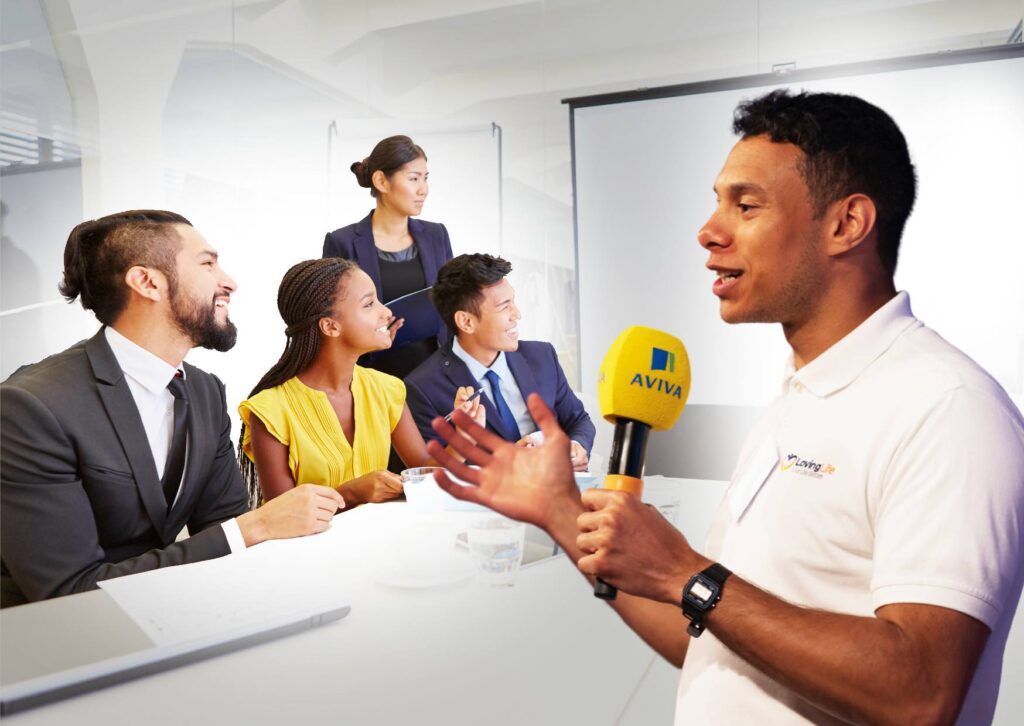
4. Mentoring and Peer Coaching Programs
Mentoring and peer coaching are like having a wise friend guide you along your career path.
They provide personalized support, insights, and encouragement, fostering a sense of connection and growth.
How It Works: Employees are paired with mentors or peer coaches who can provide guidance, share experiences, and offer constructive feedback.
These relationships can be formal or informal, depending on the needs and culture of the organisation.
Benefits: This approach fosters a supportive and collaborative environment.
It helps employees navigate challenges, set goals, and develop both personally and professionally.
It’s a relationship-driven way to enhance skills and confidence.
Potential Challenges: Finding the right matches and ensuring that both mentors and mentees are fully engaged in the process requires careful planning and monitoring.
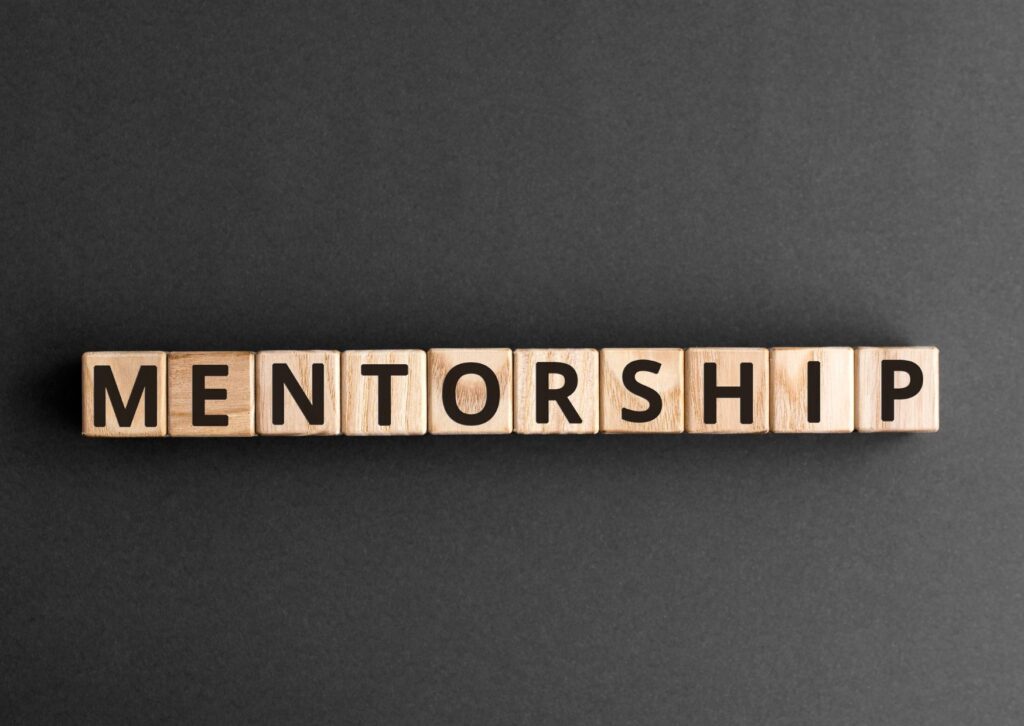
5. Gamification of Learning
Gamification is like turning learning into a fun and engaging video game.
By adding elements of competition, rewards, and interactivity, you make the learning process more enjoyable and motivating.
How It Works: This approach involves turning training modules into game-like experiences, complete with levels, challenges, and rewards.
Employees can compete with themselves or others, tracking progress and earning recognition.
Benefits: Gamification increases engagement and retention of information by making learning fun.
It appeals to a wide range of learners and can be applied to various subjects and skills.
Potential Challenges: Designing and implementing effective game-like experiences requires careful planning, creativity, and possibly additional technology resources.

6. Remote and Flexible Learning Options
Remote and flexible learning is like having a library at your fingertips, accessible anytime, anywhere.
It recognises that not everyone can or wants to learn in the same way or at the same time.
How It Works: This approach offers a mix of online courses, webinars, virtual coaching, and self-paced learning materials.
Employees can choose what, when, and how they learn, fitting development into their schedules.
Benefits: Remote and flexible learning promotes inclusivity and caters to diverse learning preferences.
It allows employees to take control of their development, learning at their own pace, and in their preferred environment.
Potential Challenges: Ensuring that remote and flexible learning maintains a sense of connection and engagement with the team and aligns with organisational goals requires careful design and monitoring.

7. Project-Based Learning
Project-based learning is like turning theory into action.
It provides employees with opportunities to apply their knowledge and skills in real-world scenarios.
How It Works: Employees are given specific projects or challenges that require them to utilize and develop their skills.
They work individually or in teams, creating tangible outcomes that align with organisational goals.
Benefits: This hands-on approach fosters critical thinking, problem-solving, and collaboration.
It helps bridge the gap between theoretical knowledge and practical application, making learning more relevant and engaging.
Potential Challenges: Careful planning, clear guidelines, and ongoing support are essential to ensure that project-based learning aligns with skill development needs and organisational objectives.

8. Community Engagement Initiatives
Community engagement initiatives are like bringing the heart into employee development.
They involve connecting employees with community projects, volunteer opportunities, or social responsibility programs.
How It Works: Employees participate in activities that support local communities or address social issues.
It could be volunteering at a food bank, mentoring youth, or contributing to sustainability projects.
Benefits: Engaging with the community fosters empathy, teamwork, and leadership skills.
It helps employees connect their work to a broader purpose and can boost morale and company reputation.
Potential Challenges: Balancing community engagement with regular work responsibilities and ensuring alignment with company values requires thoughtful planning and coordination.

9. 360-Degree Feedback Systems
A 360-degree feedback system is like getting a panoramic view of an employee’s performance.
It gathers insights from peers, subordinates, supervisors, and even self-assessment, providing a comprehensive picture.
How It Works: Employees receive regular and detailed feedback from various sources within the organiation. This continuous stream of insights helps them understand their strengths, areas for improvement, and how they’re perceived by others.
Benefits: This approach promotes self-awareness, accountability, and ongoing growth.
It fosters a culture of openness and continuous improvement, where feedback becomes a tool for positive change.
Potential Challenges: Implementing and managing a 360-degree feedback system requires careful planning, clear guidelines, and a commitment to constructive and respectful communication.
10. Creativity and Innovation Labs
Creativity and innovation labs are like playgrounds for the mind.
They provide a space for employees to experiment, brainstorm, and develop new ideas without the constraints of traditional work environments.
How It Works: These labs can be physical spaces or virtual platforms where employees collaborate on innovative projects, explore new technologies, or engage in creative problem-solving.
Benefits: Encouraging creativity fosters a culture of innovation and adaptability.
It helps employees develop critical thinking skills, embrace new perspectives, and contribute to the company’s growth in novel ways.
Potential Challenges: Balancing creative exploration with business objectives and ensuring that innovation aligns with organisational goals can be a delicate task.
Nurturing the growth of employees is more than a responsibility, it’s an art.
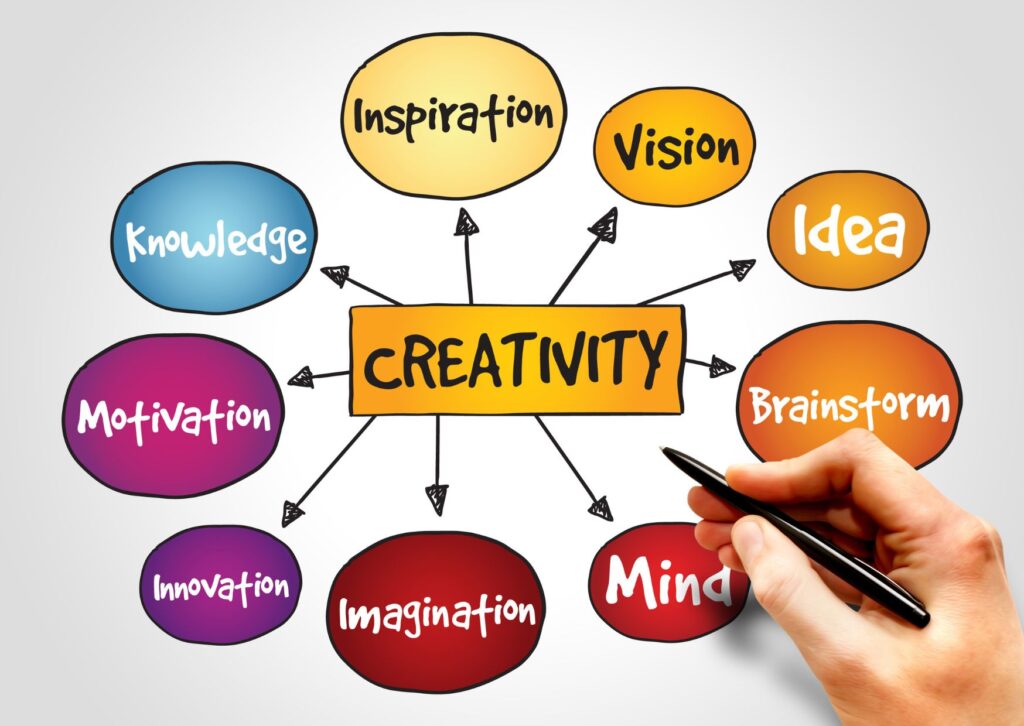
With these 10 unique approaches to employee development, organisations have the opportunity to craft personalised, engaging, and meaningful growth experiences for their team members.
It’s about recognising the individuality of each person, aligning their growth with organisational success, and fostering a culture where learning and development are celebrated.
So, whether it’s through wellbeing workshops, creativity labs, or personalised learning paths, the journey to success is filled with endless possibilities.
Embrace these approaches, and watch as your team blossoms into their best selves, propelling your organisation to new heights.
Author
Tyler Lowe – Health & Wellbeing Speaker
BSc Sport & Exercise Rehabilitation


